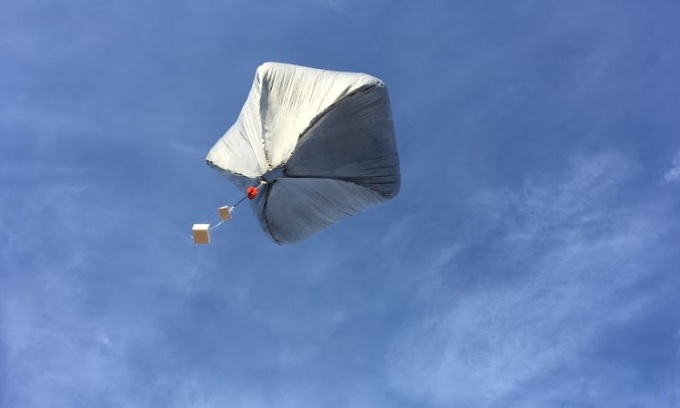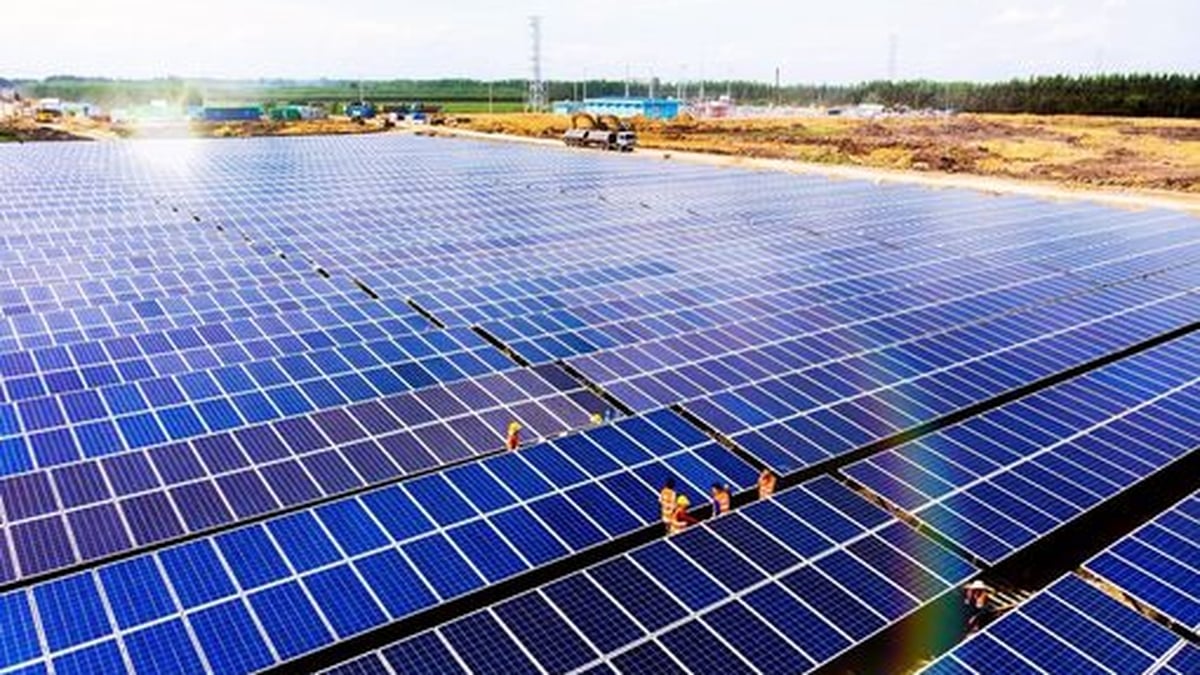Solar balloons detect low-frequency sounds repeating several times an hour in the stratosphere, but researchers have not yet found its source.

Solar-powered balloon carrying scientific equipment. Photo: Sandia National Laboratories
A solar-powered balloon mission launched by a team from Sandia National Laboratories carried microphones into the 50-kilometer-high region of Earth’s atmosphere called the stratosphere. This region is relatively calm and free of storms, turbulence, or commercial air traffic, meaning microphones in this layer of the atmosphere can listen for sounds on the planet, both natural and man-made.
However, the microphone in this particular study also picked up strange sounds that repeated several times per hour. The researchers have yet to determine their source. The sounds were recorded at infrasonic frequencies, meaning they were at 20 hertz (Hz) and below, below the human hearing threshold, according to researcher Daniel Bowman of Sandia National Laboratories. The team described the sounds on May 11 at the 184th meeting of the Acoustical Society of America, held in Chicago.
To collect acoustic data from the stratosphere, Bowman and his colleagues used a device originally designed for monitoring volcanoes called a microbarometer, which can detect low-frequency sounds. Along with expected natural and man-made sounds, the microbarometer also detected a mysterious repeating infrasonic signal.
The sensors that the balloons carry into the air were developed by Bowman and his colleagues. Measuring 6 to 7 meters in diameter, the balloons are made from common and cheap materials. Powered by sunlight, these simple devices can fly to altitudes of about 21.4 kilometers above the Earth.
“Our balloons are basically giant plastic balls with coal dust inside to make them darker,” explains Bowman. “We make the balloons out of plastic from hard drives, packing tape, and coal dust. When the sun shines on the dark balloon, the air inside heats up and provides buoyancy.”
Bowman said passive solar power is enough to propel the balloon from the planet’s surface into the stratosphere. After launch, the balloon carries a GPS tracking device. Sometimes the team has to do this because the balloon can fly hundreds of kilometers and land in hard-to-reach areas. In addition to investigating mysterious stratospheric noises, balloons like this could be used to explore how vehicles could work with spacecraft orbiting Venus to observe seismic and volcanic activity through its thick atmosphere.
An Khang (According to Space )
Source link



































































































Comment (0)